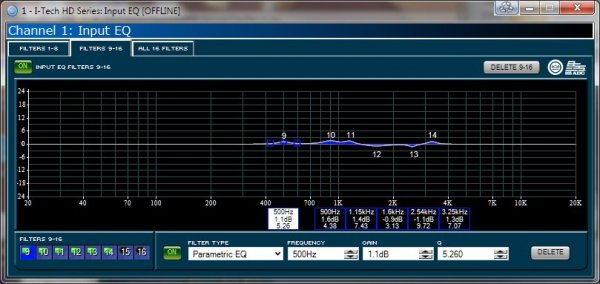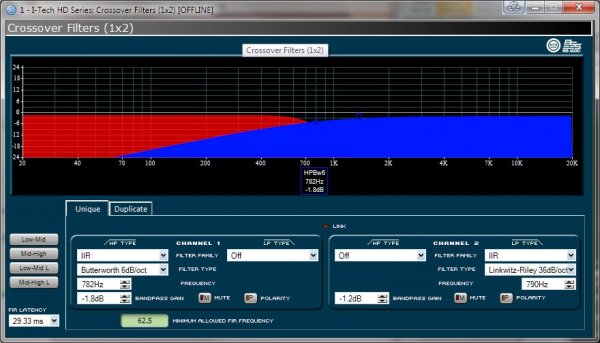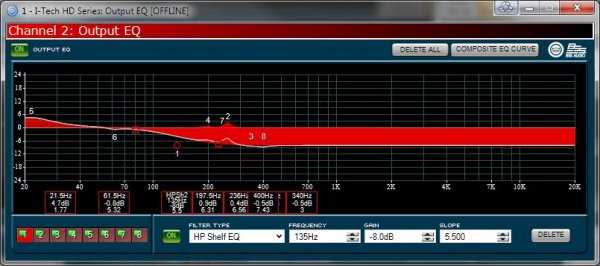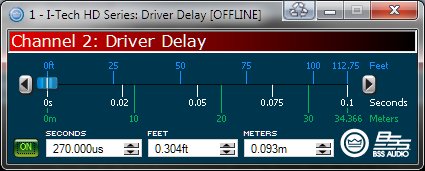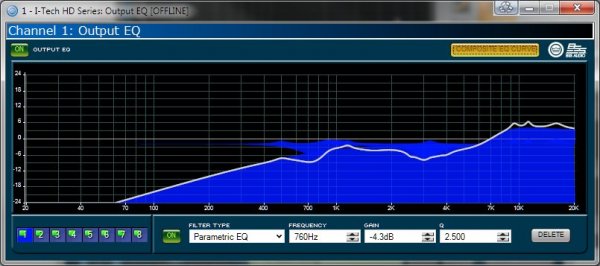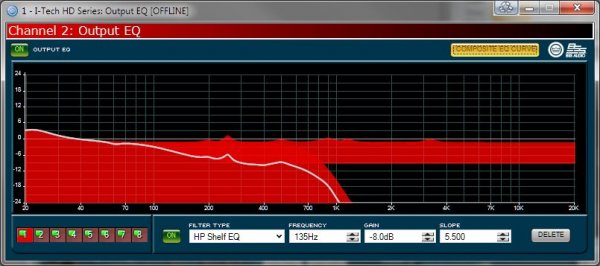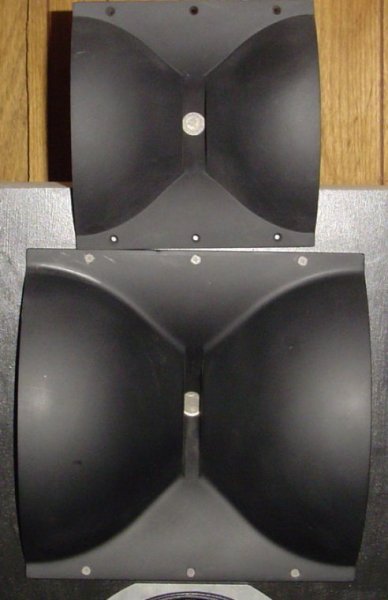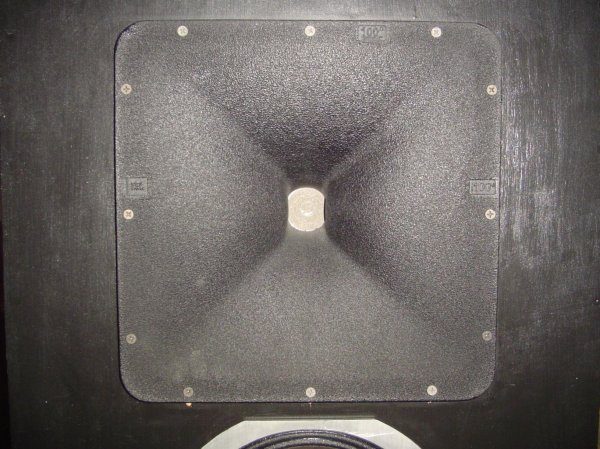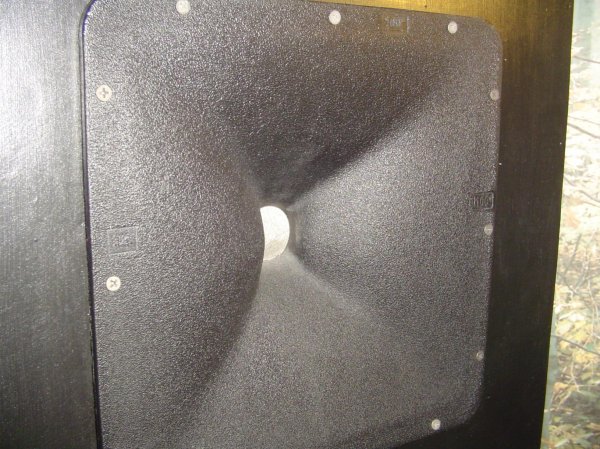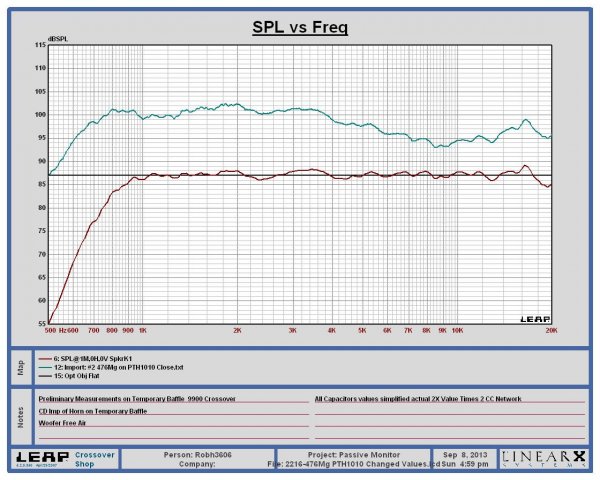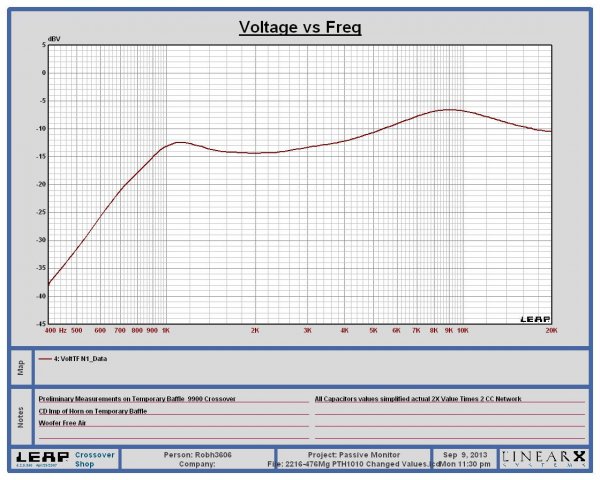Bruce B
WBF Founding Member, Pro Audio Production Member
Thanks. I was wondering how much of Harman's use of DSP in these systems is aimed at flattening the response of the speaker vs room correction. I'd guess not much.
Tim
It would have to be to correct the FR. Harman doesn't know which room they are going in. Unless I've missed where they include a room calibration mic and correction software.
















